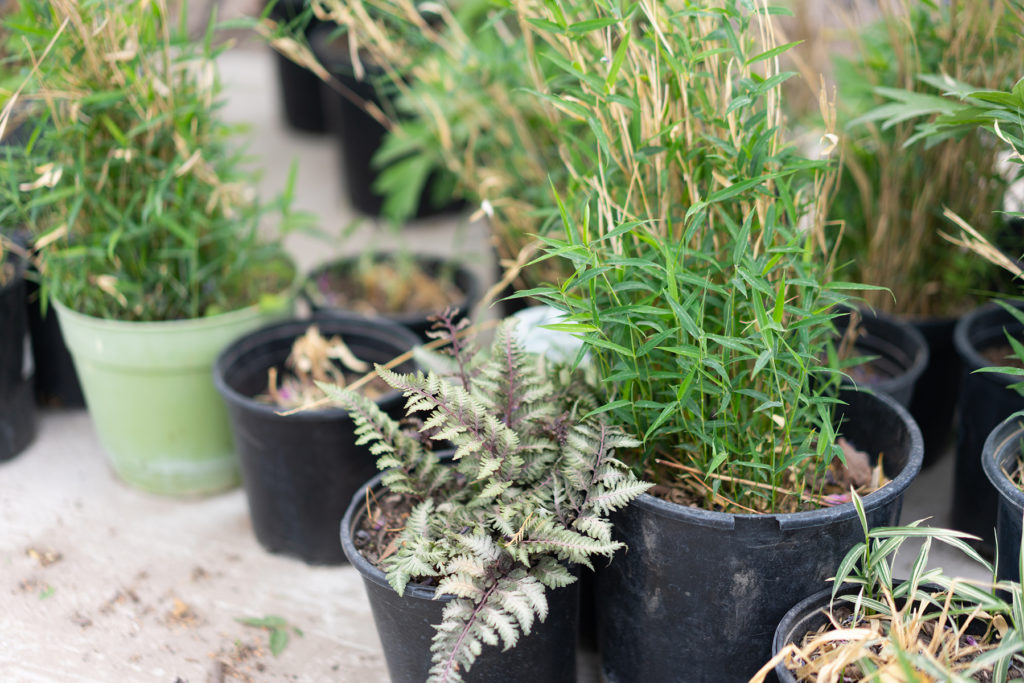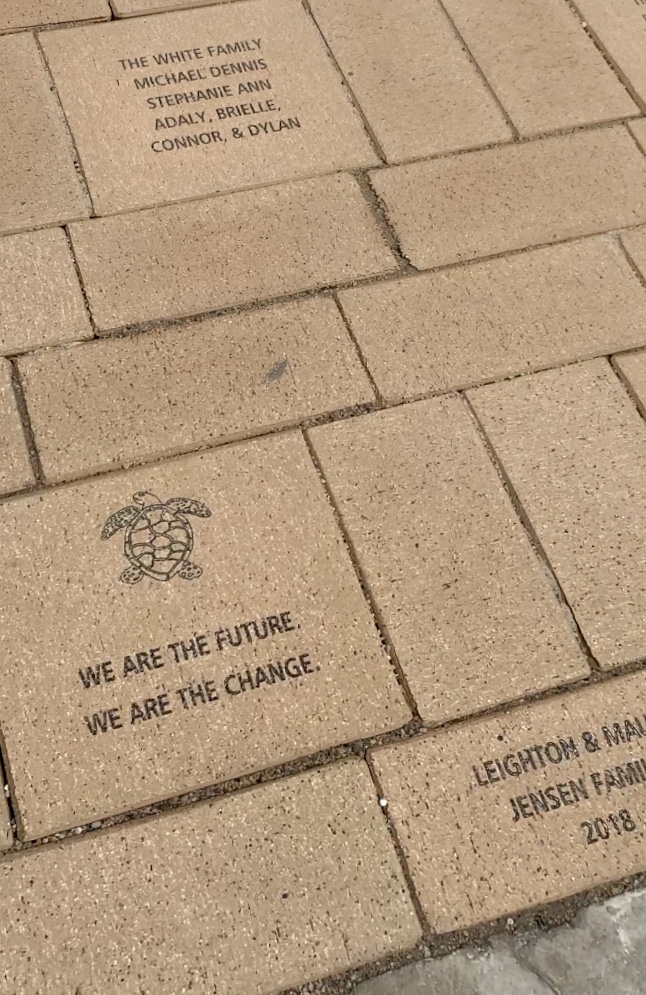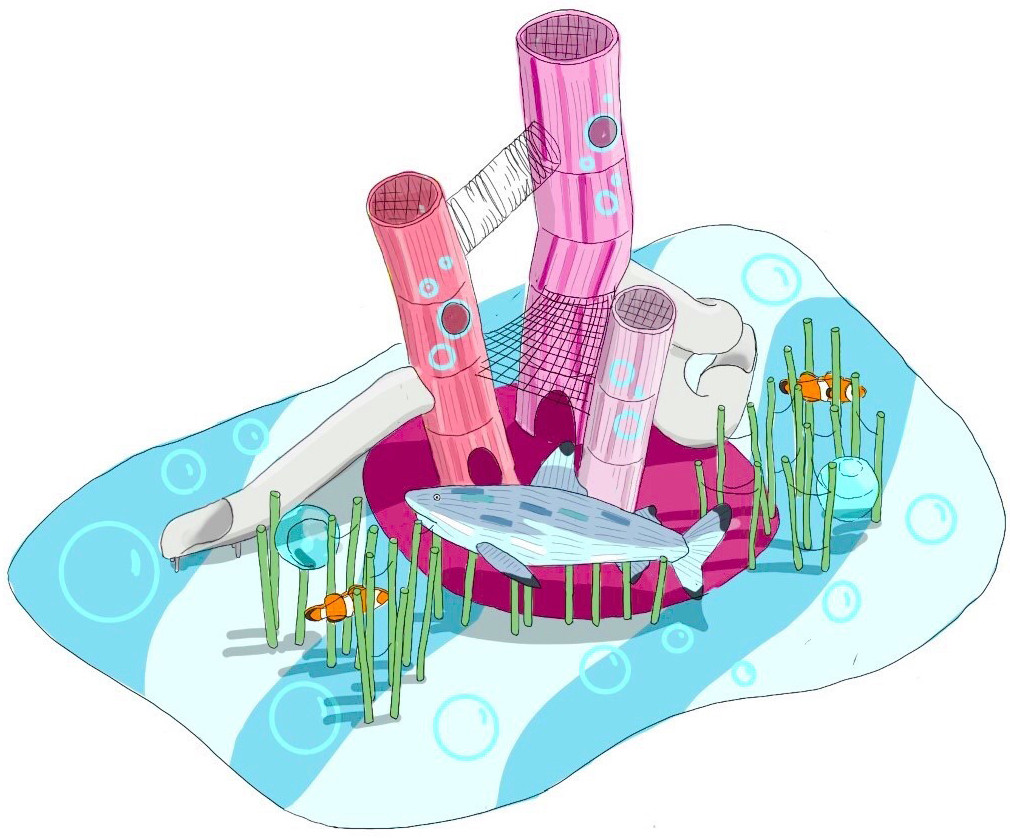Explore a Coral Community and Discover Why Our Choices Matter
Wednesday, June 3, 2020, written by Shelby Dobson, and photographed by Mika Miller
Small choices can have a big impact. You probably remember the 2015 video that went viral of a sea turtle with a plastic straw stuck in its nose. The reaction to this video spurred companies, like Starbucks, to phase out their use of plastic straws, and though straws make up a small percentage of overall plastic waste, it certainly increased awareness about the issues of single-use plastics.
The third interpretive area on the Rio Tinto Kennecott Plaza will showcase how we are part of local and global ecosystems, and thus, why our Choices matter. Small choices, such as choosing to eliminate plastic straws or using sustainable alternatives, can have a huge impact on animals in Utah and across the globe. (Learn more about the Curiosity and Connection areas on the plaza).



Aquarium guests will discover four stations in the Choices area. Each station explores a different environmental challenge: air quality, pollution, water, and biodiversity. Guests will learn how simple choices can improve air quality by reducing energy use and lowering their carbon footprint. Simple decisions can also reduce pollution, on land and in the ocean, by eliminating our dependence on single-use plastics. The water station shows how little changes can conserve a lot of water. And the biodiversity station will demonstrate how we can sustain native plants and animals that are important to our local ecosystem by making simple choices.

Nearby, guests will discover a unique Coral Community Interactive Play Area. It was designed and built, especially for the Aquarium. It includes tall climbing towers, two slides, nets, oversized clownfish, and a large Blacktip reef shark that children can climb on and through. It will be a fun play space where children can experience what it’s like to be part of a coral reef ecosystem and how different members of the coral reef rely on each other. For example, children can pretend to be clownfish, swimming through the tentacles of an anemone. Clownfish and sea anemones participate in a symbiotic relationship called mutualism, in which both species benefit from each other. The anemone’s tentacles protect the clownfish from predators, while the clownfish scares away predatory fish and provides nutrients for the anemone in their waste.
When visiting the Rio Tinto Kennecott Plaza guests will discover more about their interdependence on the environment, and how simple actions from each of us matter greatly. If we all choose to do a little bit – to reduce our plastic use, use a little bit less electricity, and use a little less water – then collectively our actions will have a large impact, benefiting people, plants, and animals all around the world.
Learn more about the Science Learning Campus expansion here.

